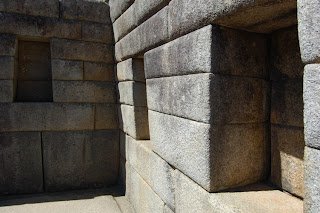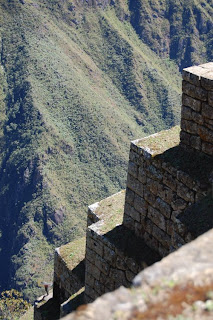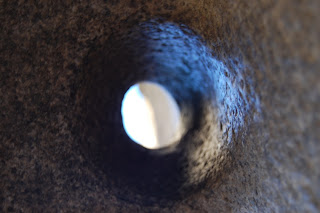Nestled between the Andes and the Altiplano, Lake Titicaca is the largest lake in South America. At over 12,000 ft. above sea level, it is the world´s highest navigable lake. It is also the cradle of Peru´s ancient civilizations, including the Inca. The myth goes that the first Inca, Manco Capac was born of the Sun god Inti here, and emerged from the Lake to bring forth the Inca Empire. There is a white statue of Manco Capac looking down over the port town of Puno (albeit with a cross in his hand).
The island has been inhabited for thousands of years by a lineage of Quechua-speaking people who have maintained a distinct cultural identity from the peoples of the mainland. They have rich artisan traditions, including the knitting of hats (done by men) and weaving (by women). You can often see the men and boys knitting hats as they go about their daily routines on the island.































































